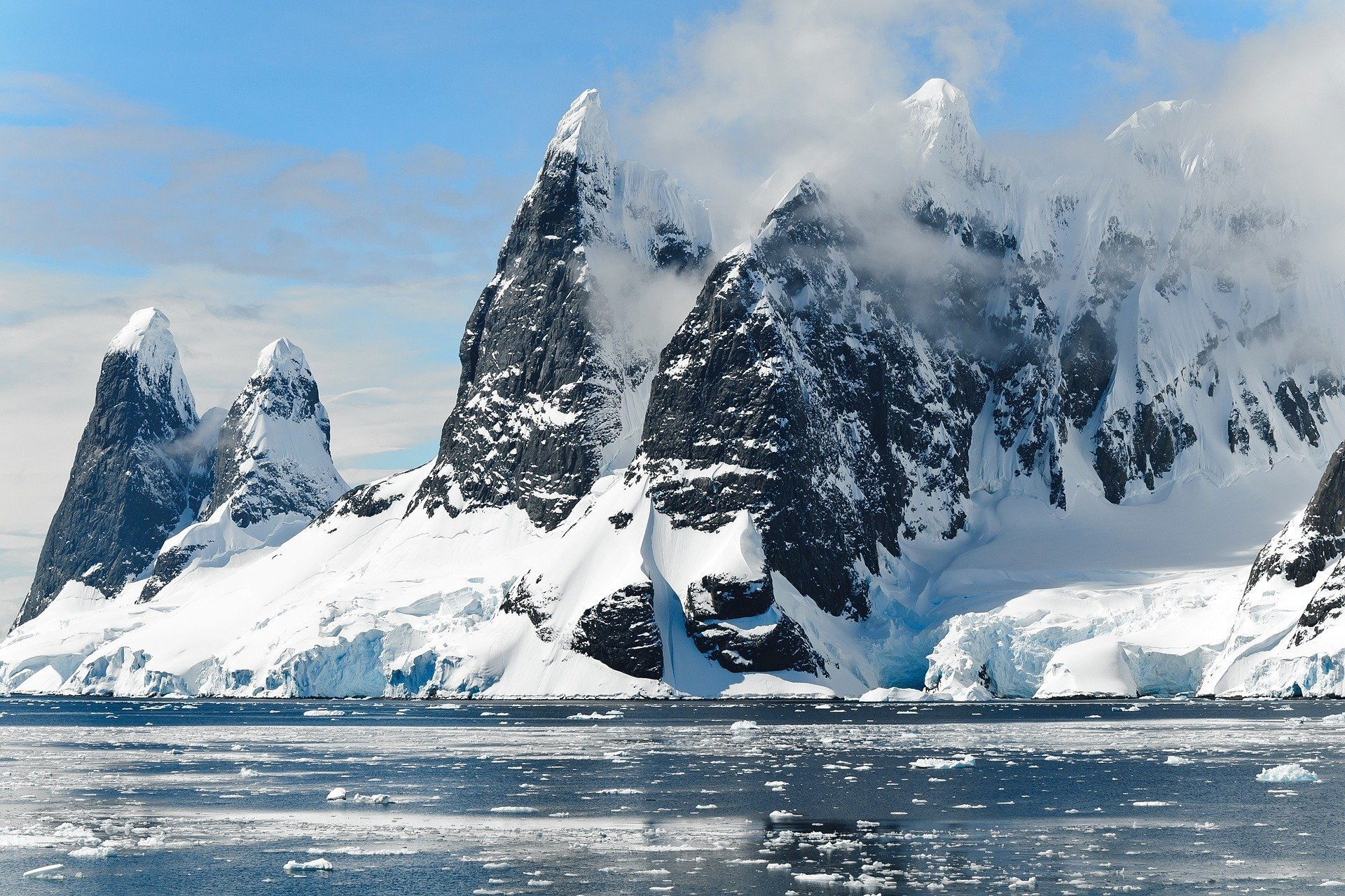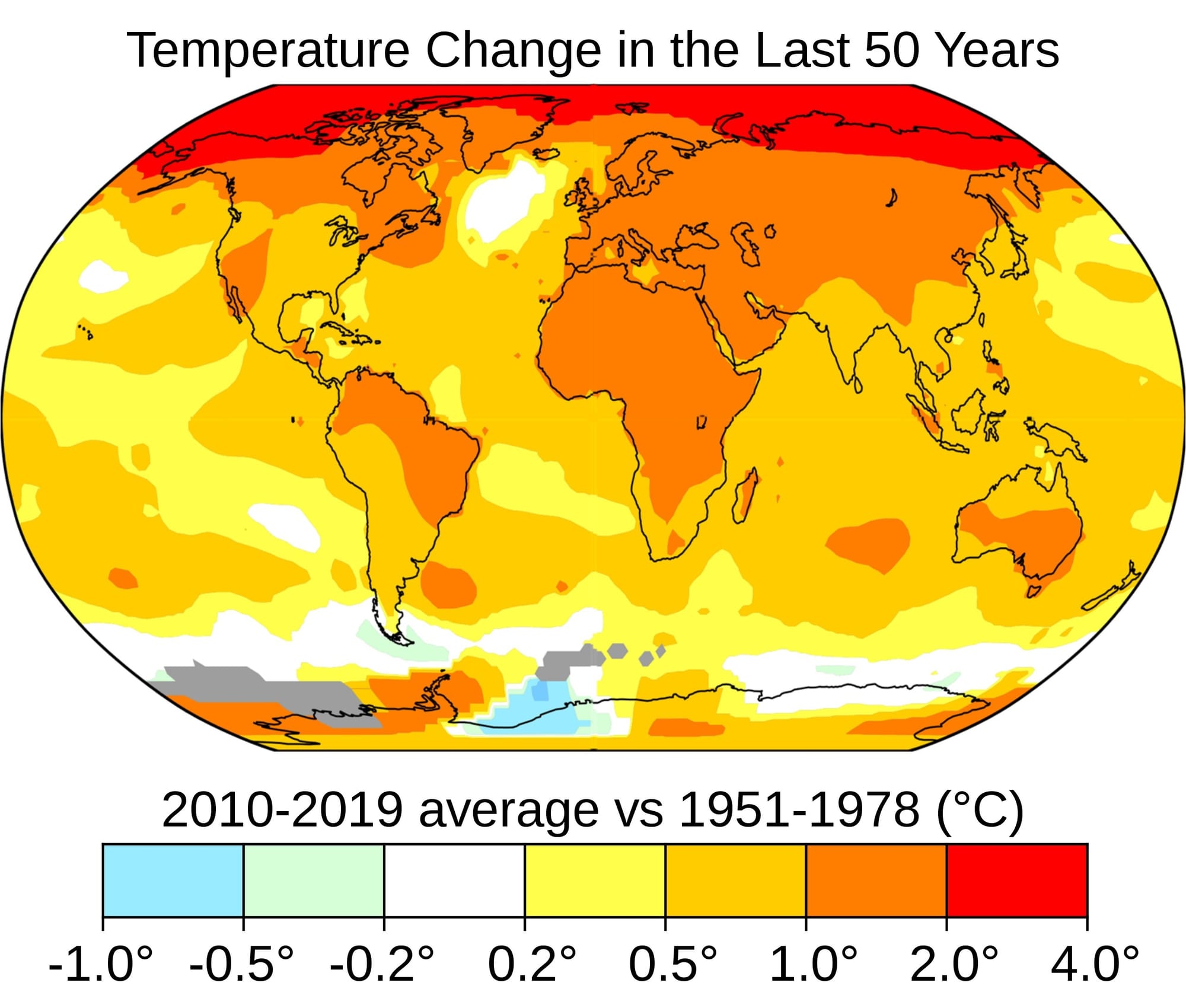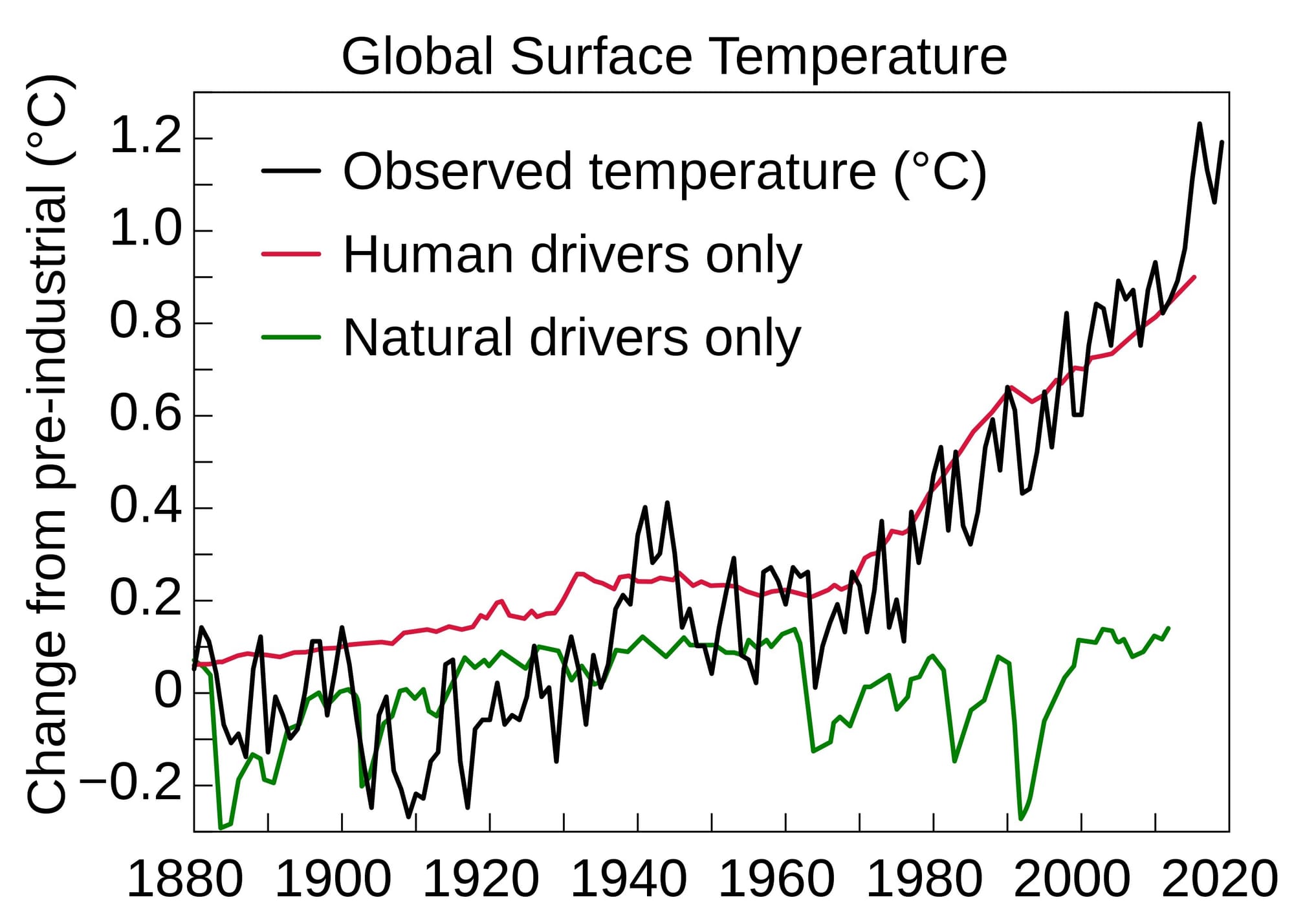Global Warming of 1.5°C

The IPCC is a body of scientists and economists – first convened by the United Nations (UN) in 1988 – which periodically produces summaries of the “scientific basis of climate change, its impacts and future risks, and options for adaptation and mitigation”. The reports are produced, in the first instance, to inform the world’s policymakers.
Global Warming of 1.5°C is the first in a series of Special Reports to be produced in the Intergovernmental Panel for Climate Change’s (“IPCC”) Sixth Assessment Cycle.
The report finds that limiting global warming to 1.5°C would require “rapid and far–reaching” transitions in land, energy, industry, buildings, transport, and cities. Global net human-caused emissions of carbon dioxide (CO2) would need to fall by about 45 percent from 2010 levels by 2030,reaching ‘net zero’ around 2050. This means that any remaining emissions would need to be balanced by removing CO2 from the air.
“The good news is that some of the kinds of actions that would be needed to limit global warming to 1.5°C are already underway around the world, but they would need to accelerate,” said Valerie Masson-Demotte, Co-Chair of Working Group I.

Average global temperatures from 2010 to 2019 compared to a baseline average from 1951 to 1978. Source: NASA.

Observed temperature from NASA (black line) vs 1850-1900 average as per IPCC definition of pre-industrial temperature. The primary driver for increased global temperatures in the industrial era is human activity (red line), with natural forces (green line) adding variability.
Links to the IPCC’s Global Warming of 1.5°C special report follows:
Chapter 1 – Framing and Context
Chapter 2 – Mitigation pathways compatible with 1.5°C in the context of sustainable development
Chapter 3 – Impacts of 1.5oC global warming on natural and human systems
Chapter 4 – Strengthening and implementing the global response
Chapter 5 – Sustainable Development, Poverty Eradication and Reducing Inequalities